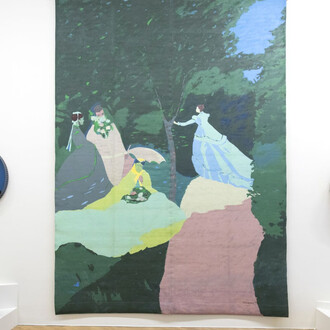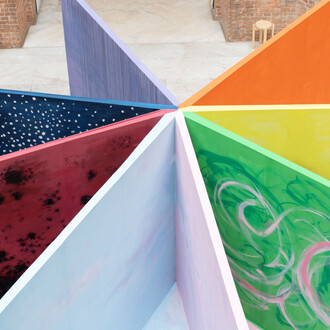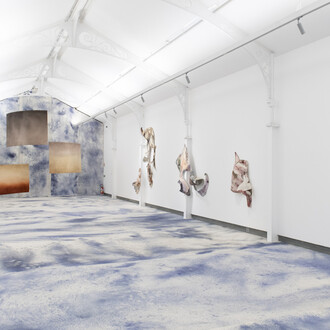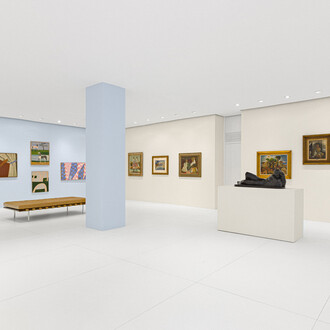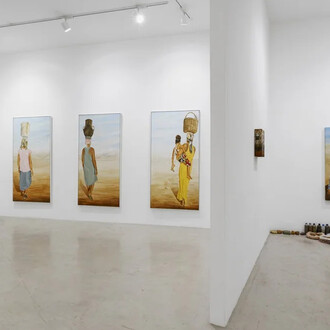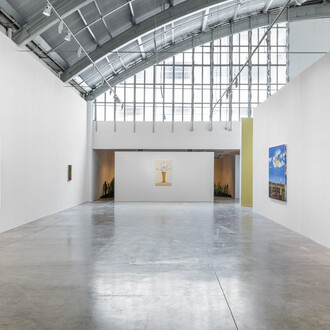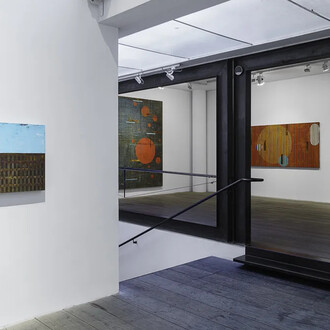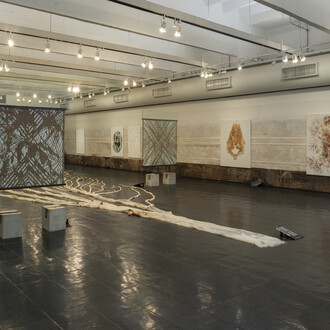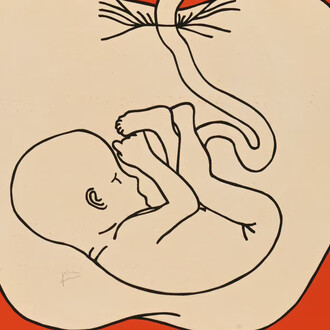Developed in collaboration with Maison Gacha, in Paris, and with the Fondation Jean-Félicien Gacha, Cameroun, the exhibition presents 129 textile pieces that seek to stimulate new perceptions about Africa in the Brazilian public, from a diverse perspective on a continent populated by knowledge, traditions and artistic contributions.
This is the first time that such an important set of works has been shown to the Brazilian public, who are still very accustomed to associating African textiles with colorful prints produced in industry.
At the exhibition, visitors can come into contact with works that result from a set of ancestral artisanal knowledge, pieces whose production process can take weeks, even months.
The exhibition was born from research into ancestral textile technologies and the transmission of traditional African knowledge. Curators Renato Menezes and Danilo Lovisi visited different regions of Cameroon to engage in dialogue with local leaders and authorities, institutions and artisans. The objects on display, most of which come from the collection of the Franco-Cameroonian institution, are made from a variety of materials and have multiple functions, and provide insight into the rites and cosmogonies of various African peoples.
In the first room, Animal geometry, visitors are greeted by an exceptional set of more than twenty elephant masks of different sizes, all embroidered with multicolored glass beads.
In the second core, The vegetable blue, a variety of indigo-dyed fabrics are displayed using different techniques. In the third section, The technology of language, a dialogue is presented between the kente and the ewe, royal fabric used among the Ashanti and Ewe.
The fourth core, The bead route, presents a set of textile pieces and sculptures that have in common their use as a support for the creation of symbols with multicolored glass beads.
In the next room, the core Opacity and transparency seeks to create a dialogue between a set called “vtheydos kassai”, pieces produced by the Shoowa, a people belonging to the province of Kassai, in the Democratic Republic of the Congo, and silk veils melfa, produced in Mauritania.
In the sixth core, “The dance of shapes”, fabrics installed in the center of the room give a sense of choreography to the various fabrics produced by the Kuba. The seventh core, Earth paints, concludes the tour by presenting a set of Bògólan fabrics, produced in Mali with a mixture of mud and herbs.
(Curated by Renato Menezes and guest curator Danilo Lovisi)





